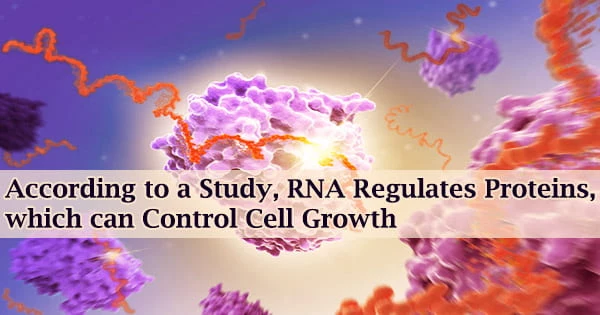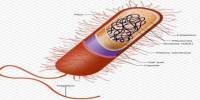The glycolytic enzyme ENO1 appears to have given scientists yet another reason to value RNA, according to new findings from the European Molecular Biology Laboratory (EMBL) this week, which was published in Molecular Cell.
The Hentze Group at EMBL Heidelberg employed mouse embryonic stem cells to study how messenger RNA molecules connect to and control ENO1, an enzyme that breaks down glucose to produce the cellular fuel ATP, using funding from the MOLIT Institute and the Manfred Lautenschläger Foundation.
The most crucial aspect of this RNA-mediated regulation, known as riboregulation, is how undifferentiated cells (particularly embryonic stem cells) develop into specialized cells (e.g., blood, brain, or liver cells).
“Classically, people studying RNA-binding proteins have found that it’s the RNA-binding proteins that do something to RNA to change it during this process, but that’s not really what’s going on here,” said Ina Huppertz, a former postdoc in the Hentze Group and current scientific officer at the European Research Council. “As it turns out, it’s actually the other way around. The hero in this story is the RNA, not the enzymes.”
This new understanding of riboregulation may reflect a more pervasive and significant principle of biological control, despite the fact that it may seem like a minor distinction.
“This may open up a new chapter of understanding unexpected aspects of controlling metabolism and cell differentiation. There’s every reason to think that this is a ‘tip of the iceberg study’,” said Matthias Hentze, EMBL Director and leader of this study. “The differentiation of undifferentiated cells and controlling that process is one step away from better understanding cancer.”
Classically, people studying RNA-binding proteins have found that it’s the RNA-binding proteins that do something to RNA to change it during this process, but that’s not really what’s going on here. As it turns out, it’s actually the other way around. The hero in this story is the RNA, not the enzymes.
Ina Huppertz
The current research was really started by the researchers at EMBL almost ten years ago. To determine which proteins bind to RNA, including enzymes like ENO1, Hentze’s team created the RNA interactome capture (RIC) and later the enhanced RIC (eRIC) technologies.
“We felt we should take one of these very concrete examples ENO1 and actually pursue it deeply to understand what’s behind this RNA binding,” Hentze explained, noting how technologies developed at EMBL coupled with underlying methodologies developed elsewhere allowed them to now parse out RNA’s role in this process.
“The coolest new concept is how we now have the transcriptome of the whole cell regulating the enzyme,” Huppertz said. “I think we are just at the start. This is really just an example of unravelling the functional connection between these metabolic enzymes and RNA in mammalian cells. But I think we can build on that.”
The fundamental research, according to Hentze and Huppertz, opens up a lot of new avenues for further study, which will be pursued by both groups in the near future.
To do this, it is necessary to provide answers to questions such as whether their findings hold true for other enzymes, whether they have an effect on stem cells other than embryonic stem cells, and whether this protein-RNA interaction is something that potential future cancer-cell-targeting medications might be able to target.
Answering these kinds of scientific problems will necessitate ongoing, active collaboration, according to Hentze, which will involve working with EMBL coworkers and alumni as well as the National Centre for Tumours and the medical faculty at the University of Heidelberg.
Sharing this information has shown unexpected results, including the potential shift in how scientists view RNA’s function in cell differentiation and the potential impact of this fundamental research finding.
“After giving a talk, I met a scientist studying Prochlorococcus, a marine cyanobacterium that is the most abundant photosynthetic organism on Earth,” Hentze recounts.
“The scientist had reason to believe a lot of regulation happens at the RNA level but didn’t know which proteins in Prochlorococcus bind RNA. So, the technology we’ve developed to identify RNA-binding proteins in an unbiased way has now led to our newest collaboration to help look at RNA regulation in this organism that produces 20 % of the world’s oxygen.”
















